7 Essential Insights about Steel Fittings for Optimal Performance
In the world of industrial manufacturing and construction, the role of steel fittings is paramount in ensuring optimal performance and reliability of piping systems. According to a recent report by the Global Steel Fittings Market Research Institute, the demand for steel fittings is projected to grow by 5.2% annually over the next five years, driven by advancements in infrastructure development and increasing investments in oil and gas projects. Steel fittings are integral components that connect various sections of pipes, providing strength and durability in high-pressure applications. They are essential not only for maintaining the integrity of fluid transfer but also for ensuring safety and efficiency in operations across multiple sectors. Understanding the critical attributes and applications of steel fittings is vital for engineers and project managers seeking to enhance system performance and reduce maintenance costs.
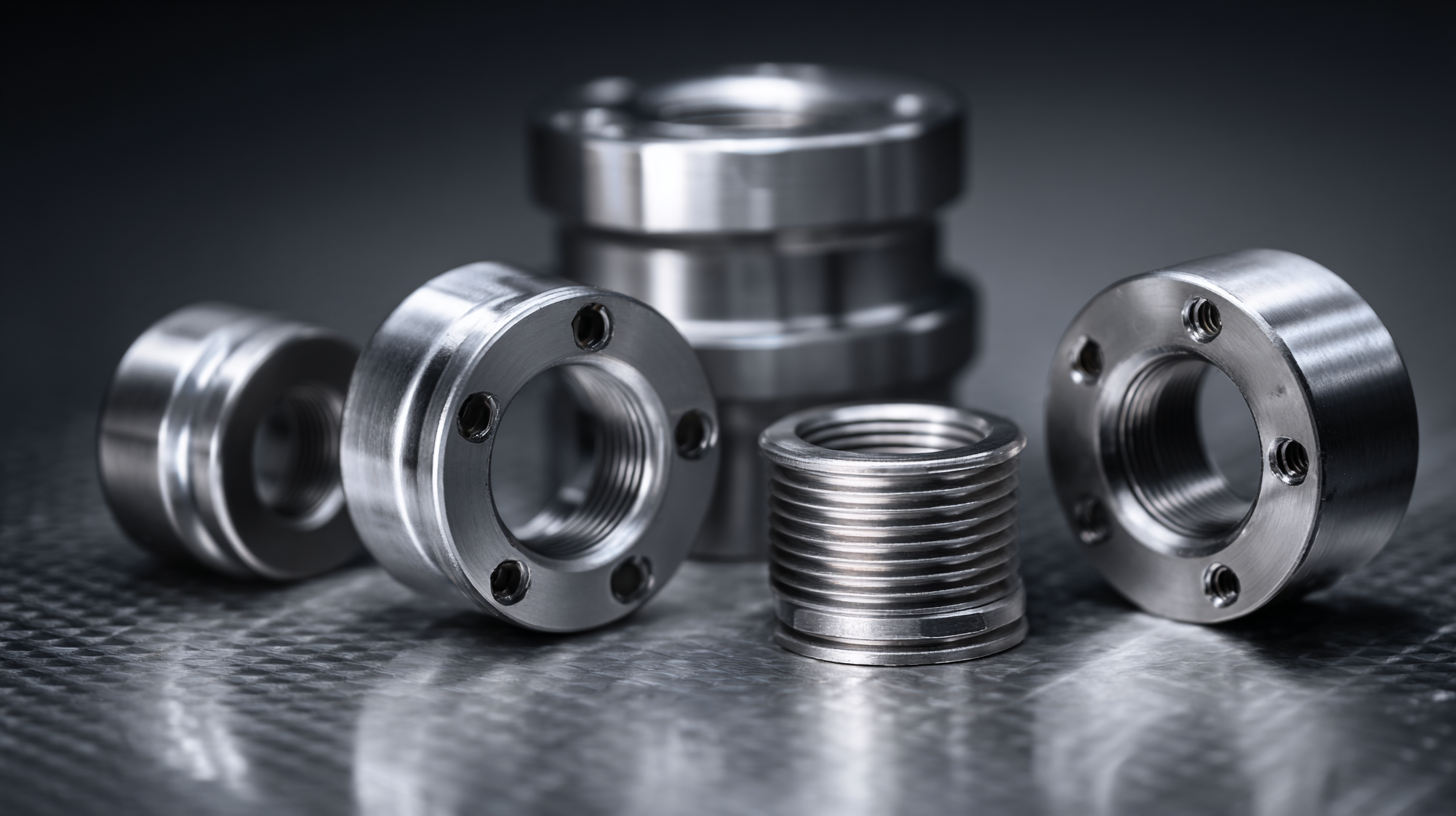
Understanding the Importance of Quality Steel Fittings for Performance
Quality steel fittings are crucial for achieving optimal performance in various industrial applications. These fittings, often used in piping systems, provide the necessary strength and durability required to handle high pressure and temperature variations. When made from high-grade steel, they resist corrosion and wear, significantly extending the lifespan of the entire system. This durability not only reduces the frequency of repairs and replacements but also enhances overall operational efficiency.
Moreover, the precision in manufacturing steel fittings cannot be overstated. Poorly manufactured fittings can lead to leaks and other failures that compromise system integrity. Quality fittings ensure a proper seal and fit, minimizing the risk of accidents and downtime. Investing in high-quality steel fittings ultimately translates to a safer work environment and better reliability of machinery, reinforcing the importance of selecting the right products for your specific needs.
7 Essential Insights about Steel Fittings for Optimal Performance
| Insight | Importance | Material Quality | Common Applications |
|---|---|---|---|
| Durability | Ensures long-lasting performance | High-grade steel | Pipelines, industrial machinery |
| Corrosion Resistance | Reduces maintenance costs | Alloyed steels | Oil and gas industries |
| Pressure Ratings | Critical for safety and compliance | High tensile strength | Water supply systems |
| Temperature Tolerance | Ensures stability under extreme conditions | Heat-treated steel | Power generation plants |
| Certification Standards | Provides assurance of quality | ISO, ASTM standards | Construction and engineering |
| Versatility | Applicable in various industries | Carbon and stainless steel | Automotive, aerospace |
| Cost Efficiency | Reduces overall project costs | Economically sourced materials | General manufacturing |
Key Factors to Consider When Choosing Steel Fittings
When selecting steel fittings for optimal performance, it's crucial to consider several key factors that impact their efficacy across various applications. These factors include the specific requirements of the industries utilizing these fittings, such as construction, automotive, and manufacturing. According to recent market research, the beverage can market, for instance, is projected to grow from $2.531 billion in 2019 to $3.659 billion by 2027, signifying a compound annual growth rate (CAGR) of 4.7%. This growth indicates an increasing demand for durable materials, including high-quality steel fittings that can withstand the rigorous environments in which they operate.
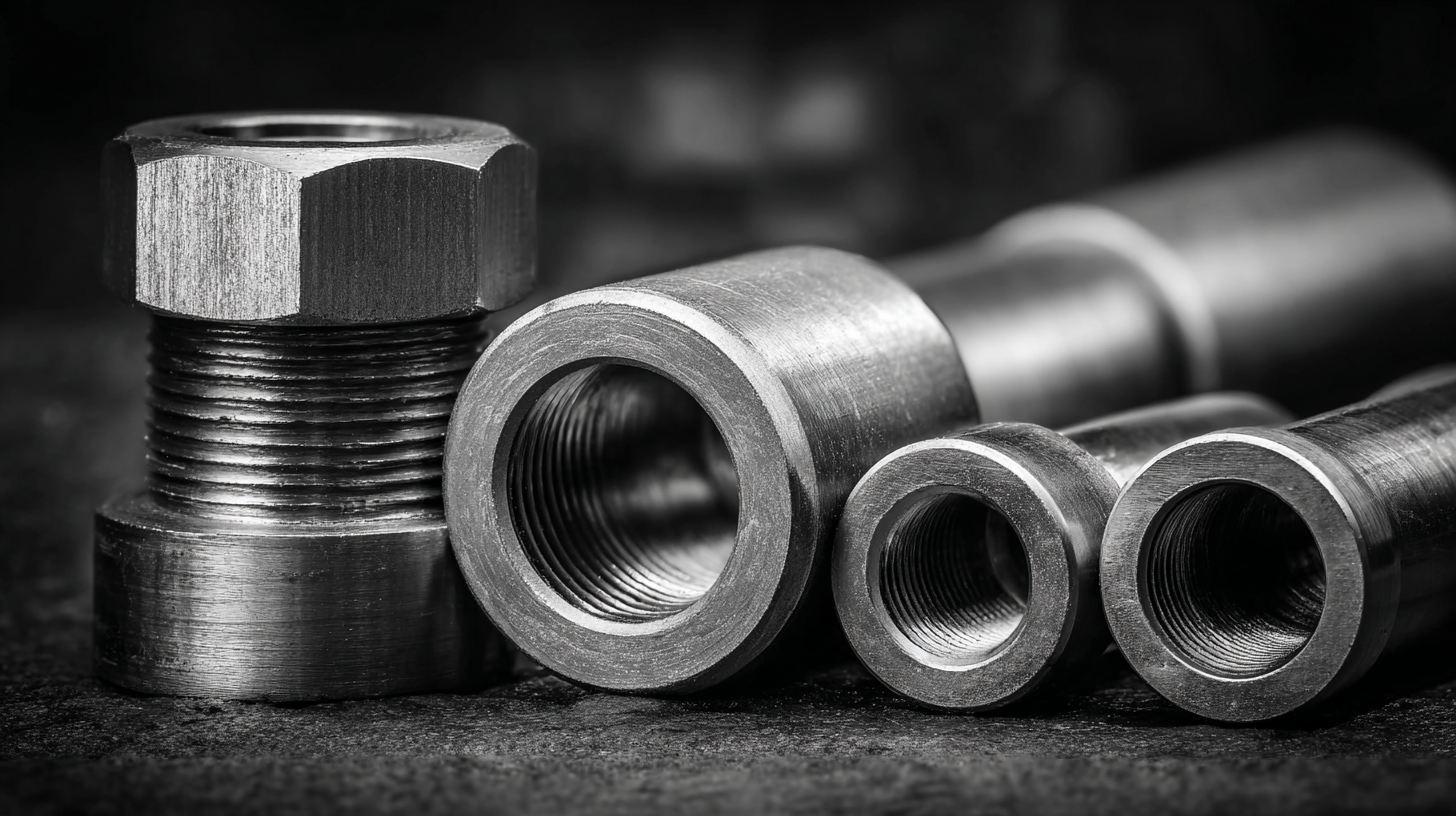
Moreover, the steel industry is currently facing challenges such as reduced production during high-temperature regulated electricity periods, which is expected to continue affecting supply in the latter half of the year. Despite these challenges, the "golden September and silver October" peak season is anticipated to spur a resurgence in demand. As industries evolve, the importance of selecting the right steel fittings tailored to specific performance requirements cannot be overstated, particularly as innovations in materials—such as 2200MPa ultra-strong steel—continue to enhance resilience and functionality, thereby meeting the evolving needs of the market.
Common Mistakes to Avoid with Steel Fittings Installation
When it comes to installing steel fittings, avoiding common mistakes is crucial for ensuring optimal performance. One frequent error involves overlooking the importance of correct alignment. Misaligned fittings can lead to leaks and increased wear, ultimately causing premature failure of the system. Always double-check your alignment before securing any fittings to the pipes; this small step can save significant time and resources in the long run.
Another mistake that many make is skipping proper cleaning and preparation of the surfaces before installation. Residues, dirt, and rust can compromise the integrity of the connection. It is essential to clean all surfaces thoroughly using suitable solvents or brushes. This prepares the fitting for a snug, secure seal that will withstand pressure and resist corrosion effectively.
Tips: Always inspect your fittings for defects before installation, as even minor imperfections can lead to serious issues down the line. Additionally, make sure to follow the manufacturer's guidelines for torque settings to avoid over-tightening, which could damage the fittings or create stress points. Taking these precautions will enhance the reliability and performance of your steel fittings.
Maintenance Tips for Enhancing Steel Fittings Longevity
Effective maintenance is crucial for enhancing the longevity of steel fittings. Regular inspections should be a key component of any maintenance schedule. By examining fittings for signs of wear, corrosion, or any structural issues, potential problems can be identified early, preventing costly repairs or replacements. Keeping fittings clean and free from debris also minimizes the risk of corrosion and blockage, thereby ensuring optimal performance.
In addition, applying protective coatings can significantly extend the lifespan of steel fittings. These coatings provide a barrier against harmful environmental factors such as moisture and chemicals that can lead to corrosion. Regular lubrication of moving parts where applicable is also essential, as it reduces friction and wear. Moreover, ensuring that fittings are installed correctly and are not subject to unnecessary stress will help maintain their integrity over time. Following these maintenance tips will not only enhance the performance of steel fittings but also contribute to their durability in various applications.
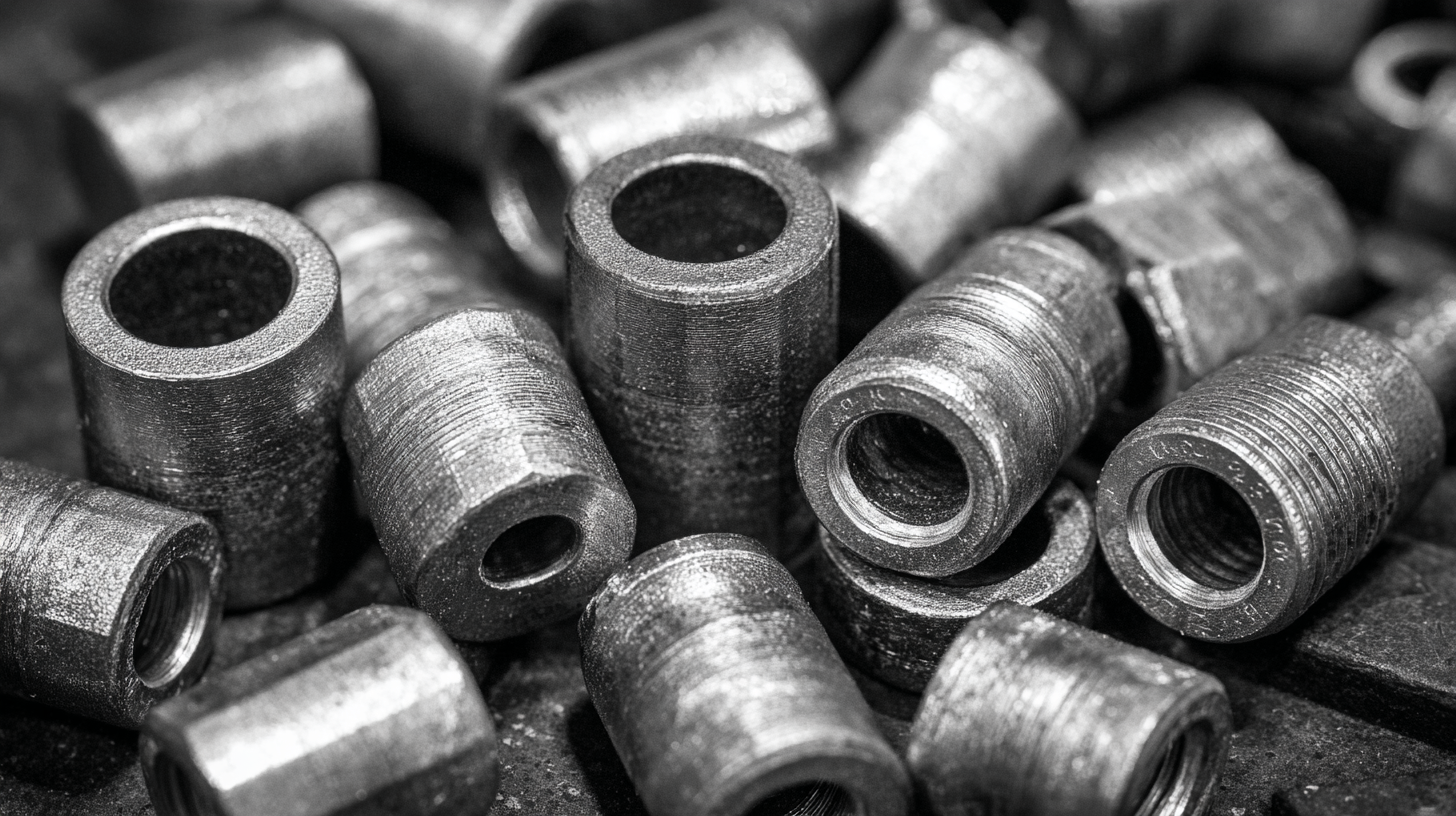
Emerging Technologies Impacting Steel Fittings Efficiency
Emerging technologies are fundamentally transforming the efficiency and performance of steel fittings across various industrial applications. According to a report by MarketsandMarkets, the global market for steel fittings is projected to reach $63.5 billion by 2025, driven by advancements in manufacturing processes and materials. These innovations are not only enhancing the durability and strength of fittings but also significantly reducing production costs. For instance, the introduction of robotic automation in manufacturing has led to improved precision and reduced waste, enhancing the overall quality of steel fittings.
Furthermore, the integration of smart technologies, such as the Internet of Things (IoT), is enabling real-time monitoring and data analytics for steel fittings. The International Energy Agency emphasizes that implementing IoT can improve operational efficiency by up to 20%. This allows manufacturers to monitor the performance of fittings under various conditions, leading to timely maintenance and reduced downtime. As industries increasingly adopt these emerging technologies, the efficiency and performance of steel fittings will continue to evolve, paving the way for innovative solutions and sustainable practices in the sector.
7 Essential Insights about Steel Fittings for Optimal Performance
This chart illustrates the essential insights related to the performance of steel fittings, showcasing key metrics necessary for optimal efficiency in applications. The data reflects the significance of various factors influencing the effectiveness of steel fittings.
Related Posts
-
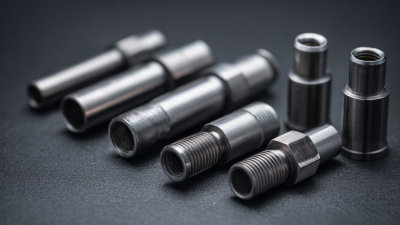
Understanding the Types of Tubing Fittings for Optimal Performance
-

The Ultimate Guide to Understanding and Choosing Butterfly Valves for Your Industrial Needs
-

7 Best Practices for Choosing Sanitary Pipe Fittings for Your Business
-
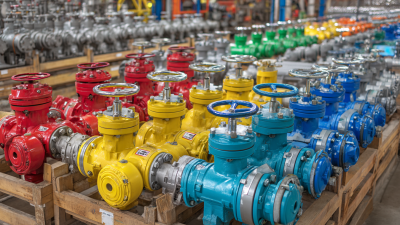
How to Choose the Right Ball Valve for Your Application
-

Ultimate Sanitary Connectors Checklist for Ensuring Compliance and Efficiency
-

Understanding the Role of Diaphragm Valves in Modern Industrial Applications